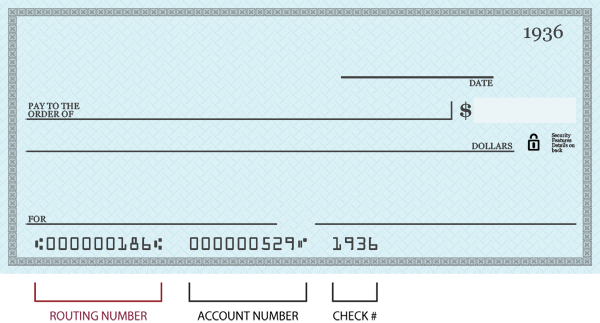As a business owner, you are most likely familiar with supply chains and how vital a healthy supply chain is to your organization's operations. Investopedia defines the supply chain as "a network between a company and its suppliers to produce and distribute a specific product to the final buyer."
In even simpler terms, it is the series of resources and steps needed to make a product and get it to the final buyer as quickly and smoothly as possible. Like on a bike, each individual link of the chain is critical. A jam in the chain can bring a bike—or in this case, business—to a screeching halt.
It isn't difficult to understand that disruptions can happen at any point in the chain, causing a domino effect that can reverberate around the world. Here are the seven distinct areas of the supply chain that must work together to avoid and overcome disruptions:
- Purchasing
- Manufacturing
- Inventory Management
- Demand Planning
- Warehousing
- Transportation
- Customer Service
Let's look at how we got here with the recent supply-chain disruptions and how to bounce back.
What Disrupted the Supply Chain?
It probably comes as no surprise that the COVID-19 pandemic is the primary reason the supply chain has remained in various degrees of disarray for the past two years. Most people probably recall the early stages of the pandemic, seeing footage of irritable customers standing in long lines to buy carts full of toilet paper. That was only the beginning, and things became increasingly complicated.
As local and federal governments worldwide called for shutdowns of various industries, customer demand waned in many ways. People were more concerned with essentials like groceries, household items, and electronics intended to support remote work instead of luxury items.
It's easy to use a broad brush and only assign blame to COVID-19, but there were other factors in play that added to the slow down, including:
- A shortage of truck drivers
- Cargo container disruptions
- Worker shortages
- Material shortages
- Global semiconductor chip shortages
- Late deliveries
Who Is Impacted?
In one way or another, all businesses have felt the pains of supply chain interruptions. Some industries have struggled more than others.
A recent example is the automobile industry. In August 2021, CNBC reported that the auto industry was hit the hardest during the supply chain disruptions with 51.7% of the survey's respondents in the auto sector stating that disruptions were "very significant." That percentage is the highest proportion across six industries included in the survey. Other industries that have taken a hit include:
- Manufacturing
- Food and beverage
- Footwear and apparel
- IT, tech, and electronics
- Healthcare, pharmaceuticals, and biotechnology
Why Demand is on the Rise
As lockdowns began to lift in mid-2021, the demand for consumer goods rapidly increased as many U.S. households managed to boost their savings during lockdowns due to less discretionary spending, extra money from stimulus checks and a thriving stock market. Spending on services such as hotels, concerts and eating out did not bounce back strongly as COVID variants continued to impact in-person socializing. Instead consumers focused on buying furniture, cars, electronics and making home improvements.
Where Do You Go from Here?
If you think supply chain disruptions will impact your business, here are some tips to be prepared:
- Focus on what you can control, such as mapping your supply chain, planning ahead for inventory shortages, streamlining processes and adapting to new ideas and resources to run your business.
- A team that knows they are valued is the foundation for running a successful business and critical for growth. Make enhancements to attract and maintain a diverse, motivated and talented team.
- Monitor consumer buying trends to help forecast what your customer demand might be in six months or a year and then develop a plan to meet future demand.
- Stay focused on keeping loyal customers happy.
- Offer transparency to customers, letting them know if and why you're unable to deliver as quickly as you always have and why you might need to increase prices.
Some factors will always be out of your control, but taking some time in advance to help ensure a traffic jam in the supply chain doesn’t weaken your business is a good way to manage your success. Start by focusing on what you can manage. Build efficiencies in your process and be prepared to adapt along the way. Since the start of the pandemic, businesses have shown amazing resiliency and the ability to overcome challenges. Many of those that have survived, have stayed positive and remained open to creative solutions. Read our blog Tips to Build a Business Plan in the Face of Uncertainty for ideas.
Visit our Simply Speaking Blog section for more articles on how to help your business thrive!
We work with small businesses like yours on a regular basis, securing loans, providing online services and offering cash management solutions. If you’re looking for business banking services, call us today at 866-224-1379.




